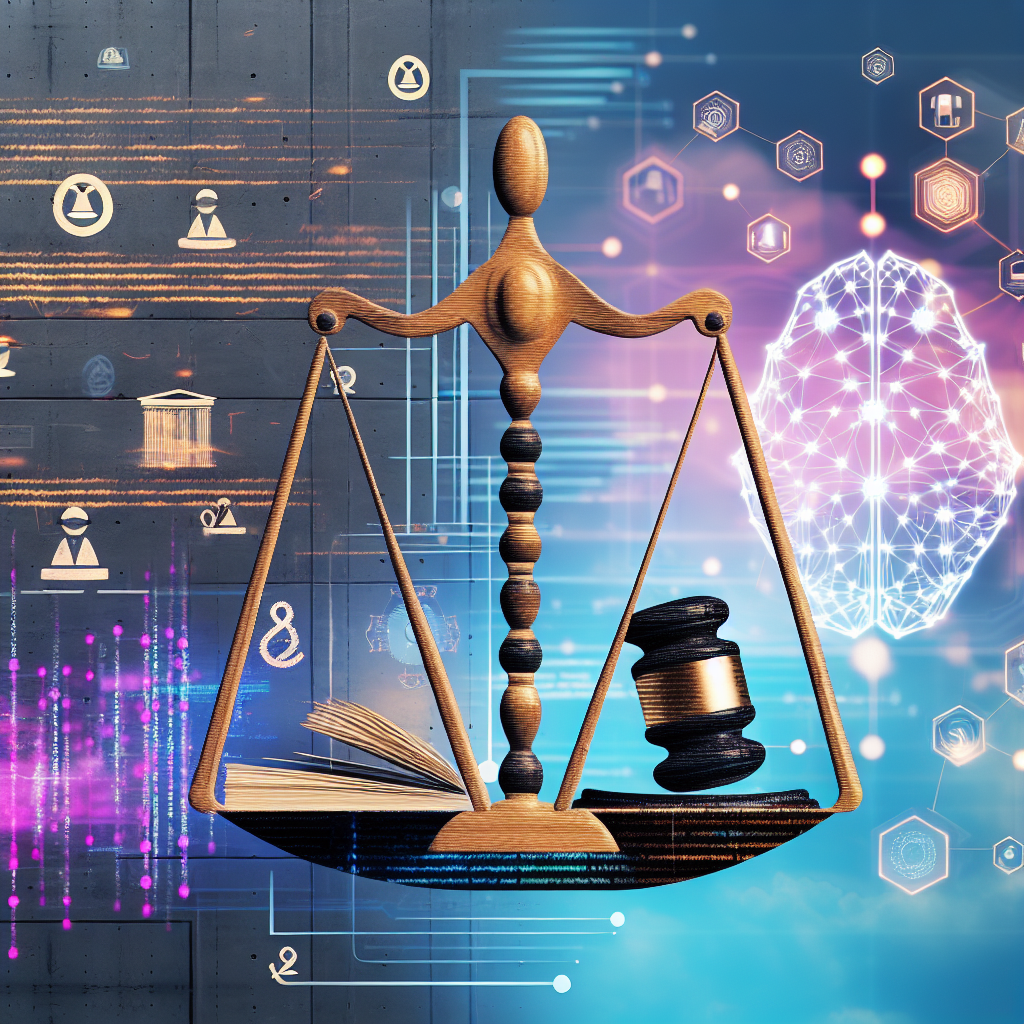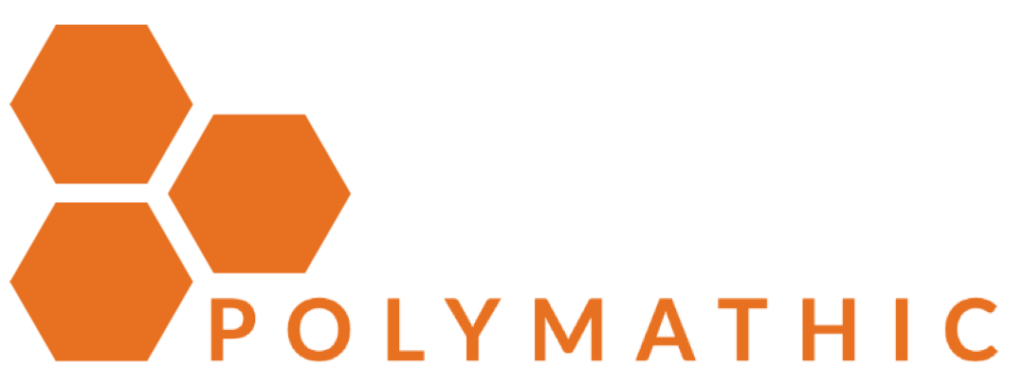Article analysis: Will AI Replace Lawyers? OpenAI’s o1 And The Evolving Legal Landscape

"Neuro-symbolic AI can bring both rapid intuition and careful deliberation to legal tasks."
Will AI Replace Lawyers? OpenAI’s o1 And The Evolving Legal Landscape
Summary
The article explores the potential of AI, specifically neuro-symbolic AI and OpenAI's o1 model, to transform the legal profession by emulating both intuitive ("thinking fast") and analytical ("thinking slow") processes, akin to the cognitive theories of Daniel Kahneman. It recounts the Hillsborough disaster where, despite initial "fast" judgments, it took "slow" legal analysis to uncover the actual cause, underscoring the duality essential in legal reasoning. Neuro-symbolic AI, which merges the intuitive learning of neural networks with the logical precision of symbolic AI, exemplified by IBM's Watson and AlphaGeometry, is poised to offer similar dual strengths to legal tasks. OpenAI's o1, though not fully neuro-symbolic, uses chain-of-thought prompting to solve complex problems akin to human reasoning, marking significant progress in AI's capability and pointing towards artificial general intelligence. Emphasizing both AI's power and the remaining necessity of human judgment, the article warns against overestimating its transformative power, citing researchers like Dr. Geoffrey Hinton who caution about the ethical implications of AI surpassing human intellect. Our analysis aligns with the user's editorial interests, emphasizing AI as an augmentation tool, the necessity for future-proofing through AI skills, and the importance of a human-AI collaborative approach in innovation and operational excellence.
Analysis
The article effectively highlights the potential of neuro-symbolic AI and OpenAI's o1 model in transforming legal work, aligning with the user's interest in AI as an augmentation tool and AI-driven digital transformation. Its strength lies in drawing parallels between cognitive processes and AI's capabilities, particularly the Chain-of-Thought framework and its application in legal reasoning. However, the article occasionally lacks depth in exploring how these AI tools practically integrate into current legal systems and workflows, an area crucial for understanding real-world applicability and innovation through collaboration. While discussing the impressive achievements of AI models in educational assessments, the article doesn’t address how these successes translate into the nuanced and often unpredictable legal contexts, potentially overstating AI's readiness to handle such complexities independently. Additionally, the argument could be strengthened by more detailed case studies showcasing how AI tools improve productivity and efficiency in legal operations, echoing points about operational excellence and workforce adaptability. There is also a need for a deeper examination of ethical considerations and reskilling initiatives, which are vital in preparing legal professionals for a tech-forward landscape. Addressing these areas could provide a more balanced view, aligning more closely with the user's interests in democratization and ethical AI deployment.
